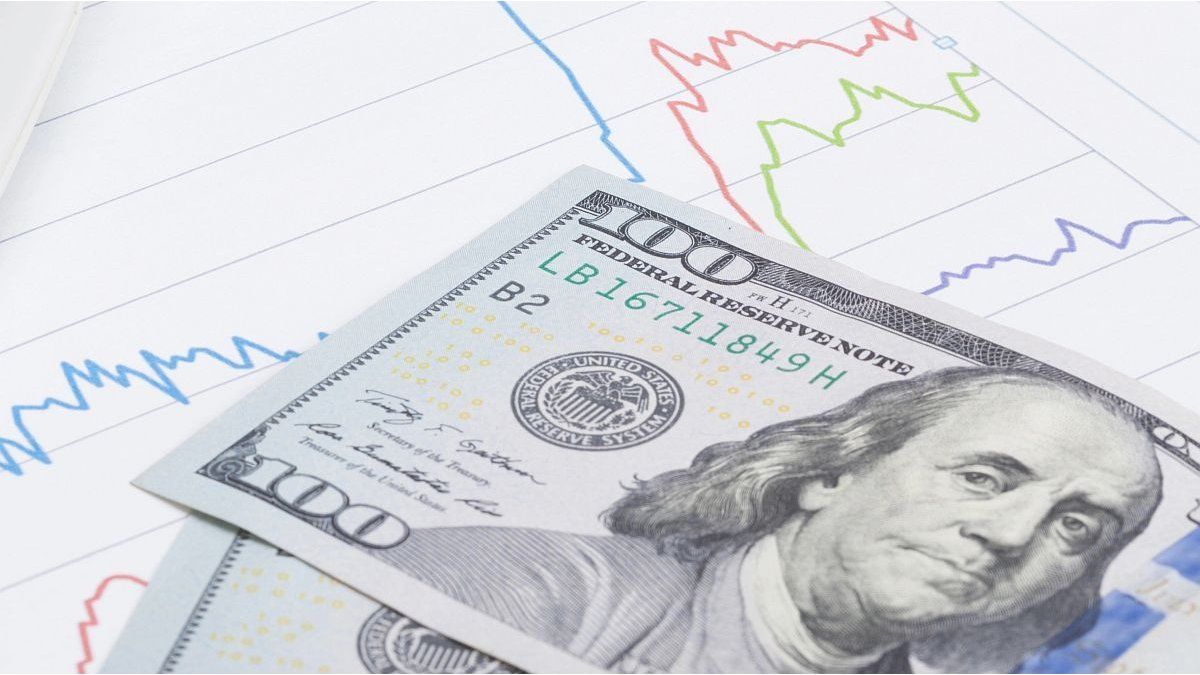Through a statement, the monetary authority indicated that “in consideration of the consolidation observed in the inflationary trajectory during recent months, and in expectations of lower inflationthe Central Bank of the Argentine Republic (BCRA) establishes a new path of movement of 1% monthly for the exchange rate, starting on February 1, 2025.”
The Central added that “in a context of recovery of economic activity and seasonal increase in prices, both inflation in recent months and high-frequency observations confirm inflation observed downward and below the expectations gathered in the market. The exchange rate adjustment continues to play the role of a anchor complementary in inflation expectations.”
It is interpreted that points to inflation breaking through the 2% flooras a consequence of the slowdown in the rise in the prices of tradable goods. It should be taken into account that the variation rate of the official exchange rate affects the determination of prices of goods that are exported and is also relevant for imported goods or manufacturers of goods with content acquired abroad.
At the same time, there is speculation in market media that, along with the lower devaluation, the monetary authority will order a reduction in the interest rate.
Advances
The adjustment rate of the official exchange rate, which is controlled by the BCRA through interventions in the exchange market, remained at 2% from January of last year to the present.
The president, Javier Mileiin journalistic statements made last November, had indicated its intention to reduce the adjustment of the official dollar if the December Consumer Price Index fell to 2.5%. At that time he said that if inflation remained in the 2.5% monthly area for two more months, the crawl would be reduced from 2% to 1% monthly. The next step, the President anticipated, will be to eliminate the “crawling peg” once monthly inflation is in the 1.5% area for three consecutive months. Milei, through the X network, posted that “crawling peg at 1% (1/2/2025). END”. Meaning that a stage is concluded.
Even though inflation for the month of December was 2.7%, for the economic team this data confirms “the continuity of the disinflation process“, as published this Tuesday by Luis Caputo on the social network summer vacations, and in a context where both economic activity and the real income of the population show a strong recovery.”
In this regard, he recalled that the Monthly Estimator of Economic Activity accumulated a growth of 2.3% between December 2023 and October 2024, while salaries in the registered private sector, retirements and the Universal Child Allowance showed an increase in terms real rates of 15.4%, 12.8% and 107.4%, respectively, in the first eleven months of the year.
For the head of the Treasury Palace, “unlike other opportunities, the growth in the real income of the population and credit to the private sector occurs as a consequence, and not to the detriment, of the macroeconomic order. The deepening of disinflation and the return to the private sector of resources that until 2023 were destined to finance the public sector, allow This expansion is genuine and sustainable.”
The perspective of a also low variation in the wholesale price index (an indicator of future retail inflation, as highlighted by the president himself) was also taken into account by the Government to speed up the decline in the crawl, as indicated by official sources to this medium.
The monthly crawl anticipated by the Government is considered a key element of the official stabilization policy. Following the devaluation implemented immediately after Milei took office, the BCRA announced that the variation in the official exchange rate would remain at 2% monthly.
Initially the market distrusted this announcement and speculated on the possibility of an acceleration of the “crawling peg” and/or an exchange rate jump. However, as the months passed, economic management strengthened the credibility of the scheme.
Thus, the exchange rate anchor was essential for inflation to drop from 25% monthly in December 2023 to 2.4% last November and 2.7% last December.
Back side
The flip side is that the real exchange rate appreciated every month since inflation ran above the variation in the exchange rate, according to a PXQ report released this Tuesday.
“The combination between the real appreciation of the official exchange rate and the reduction of the exchange rate gap, in a context in which several countries in the region devalued their currencies, led to “The prices of goods in Argentina are among the most expensive in the region”says the consulting firm that directs Emanuel Álvarez Agis.
He cites the case of food and beverages as a clear example of this dynamic. A year ago the difference between prices in Argentina measured at CCL and the average observed in other countries in the region plus the United States was minus 36%. That is, in Argentina prices were well below the regional average. Using the same basket, the last measurement of the same set of prices shows that at the end of last year in Argentina people paid 13% more than the average of the countries analyzed.
Debate
The official decision to slow down the crawl will surely accentuate the controversy around the level of the exchange rate. In this regard, many economists consider that the peso is appreciated and warn that the situation has worsened due to the strengthening of the dollar that followed the triumph of Donald Trump.
After the appreciation of the US currency, the currencies of the main countries with which Argentina trades were devalued, particularly the real in Brazil, the country’s largest trading partner. In addition, there is weakness in raw material prices. Economists like Marcos Buscaglia They warn that a delayed exchange rate can affect sectors that are large job generators such as manufacturing, tourism and construction.
On the contrary, from the Government It is completely ruled out that the peso is appreciated and they consider it necessary to reduce the rate of devaluation of the exchange rate to consolidate disinflation..
Source: Ambito




